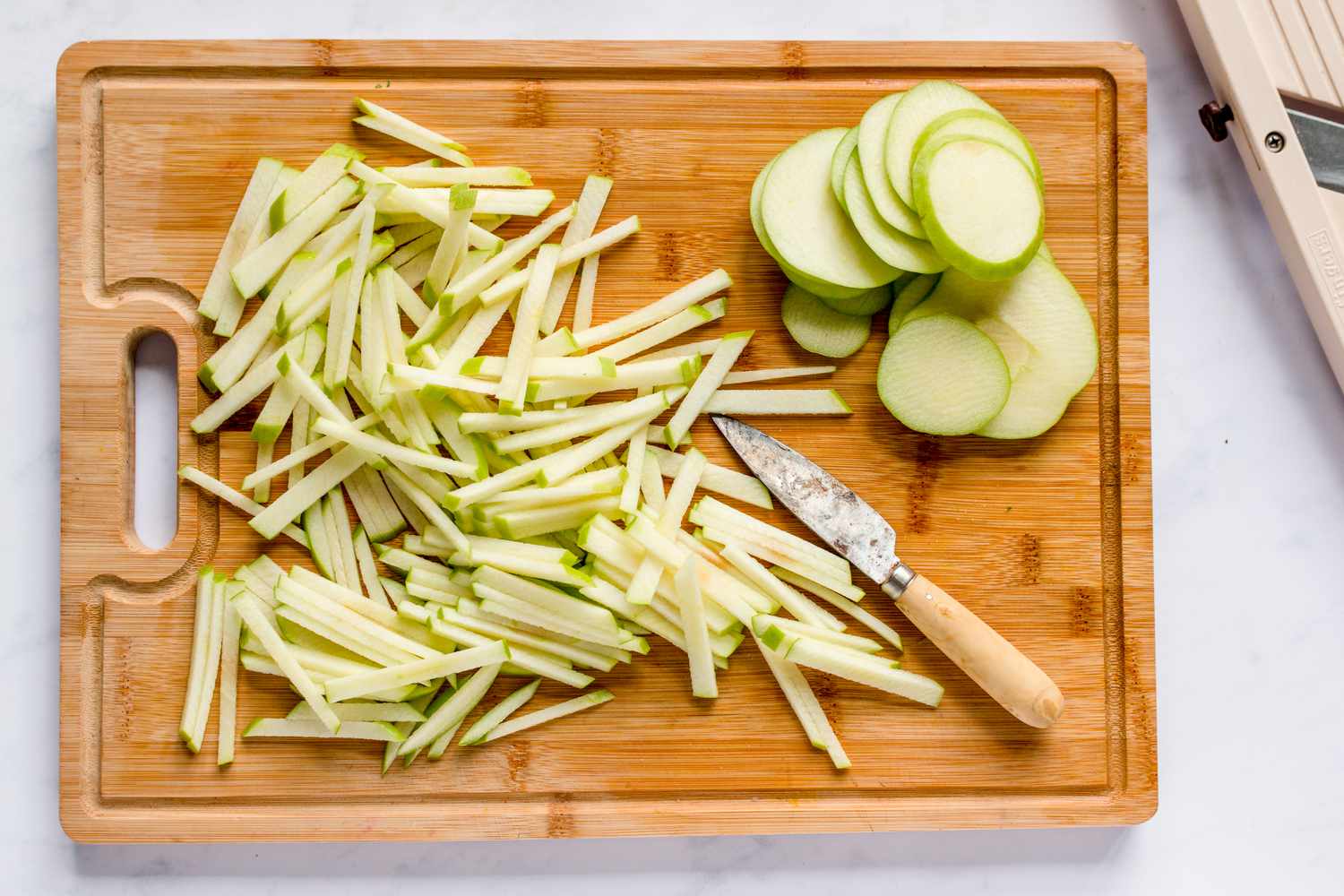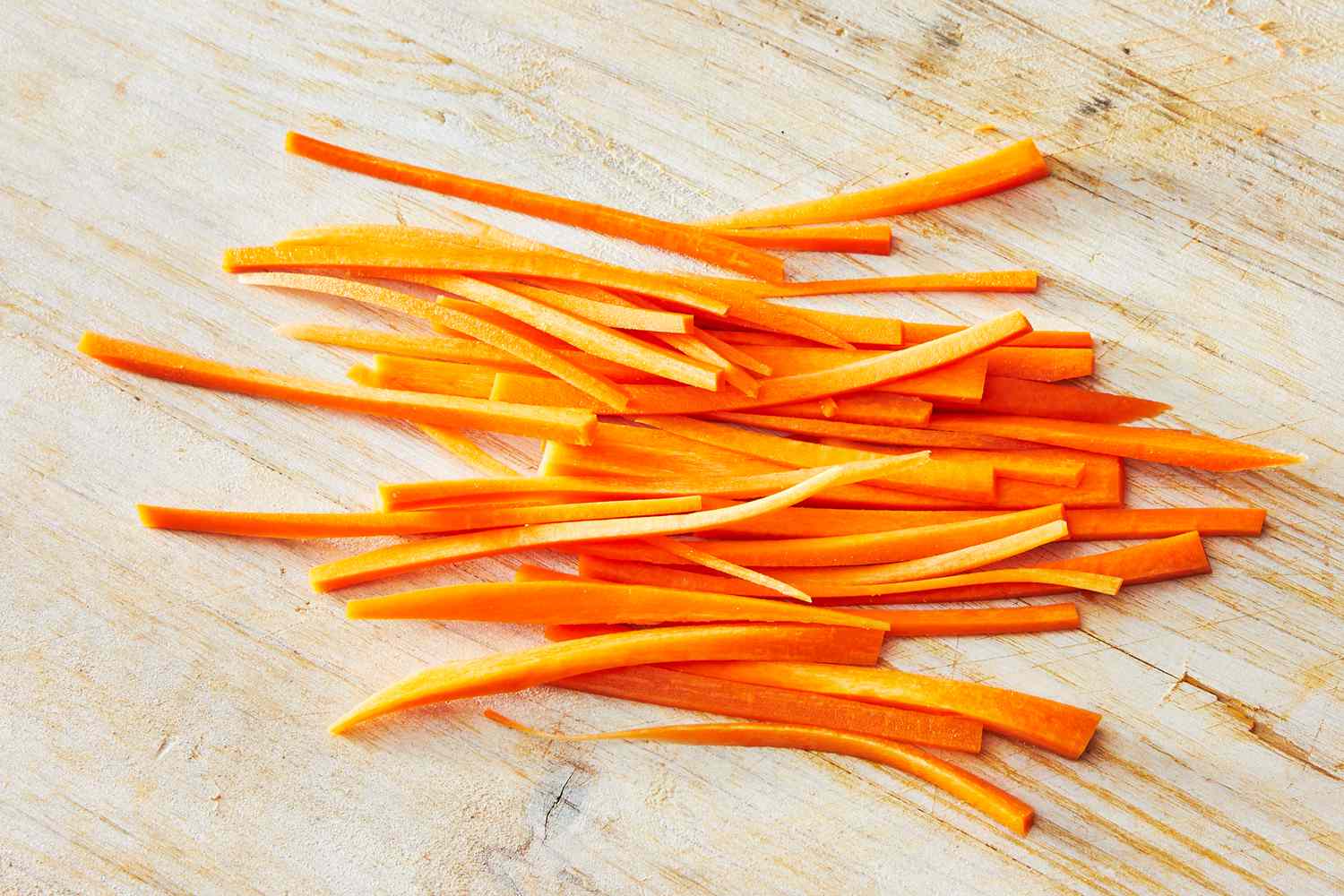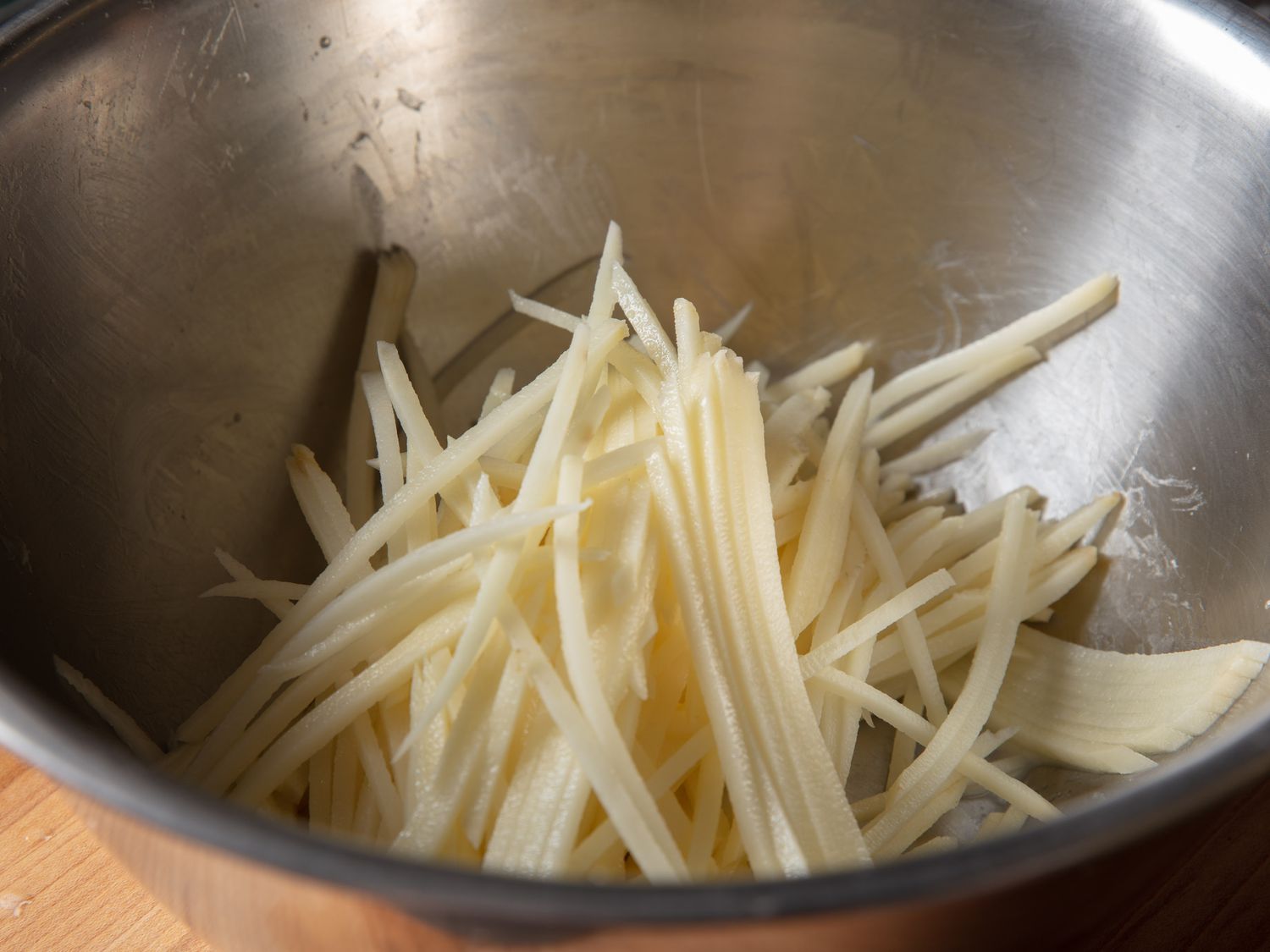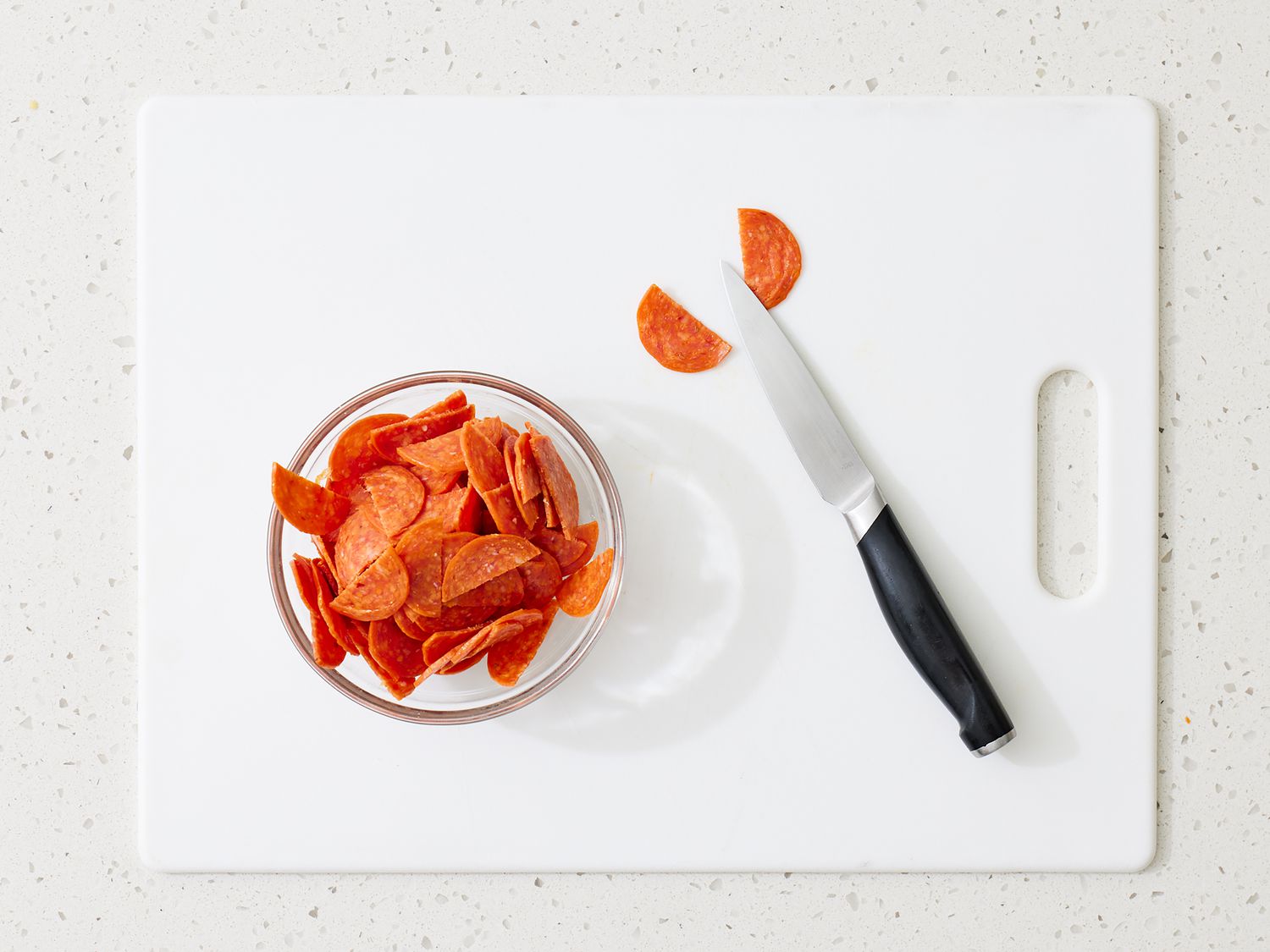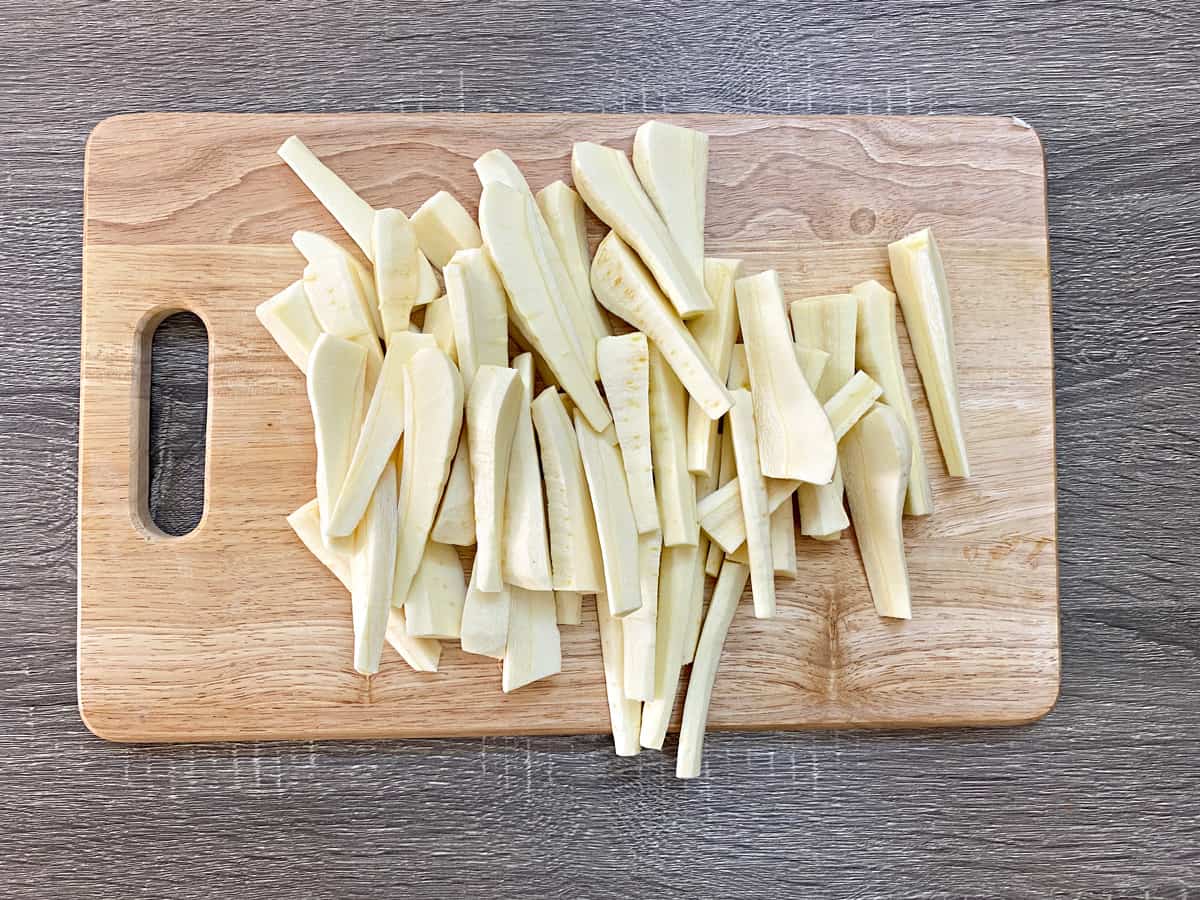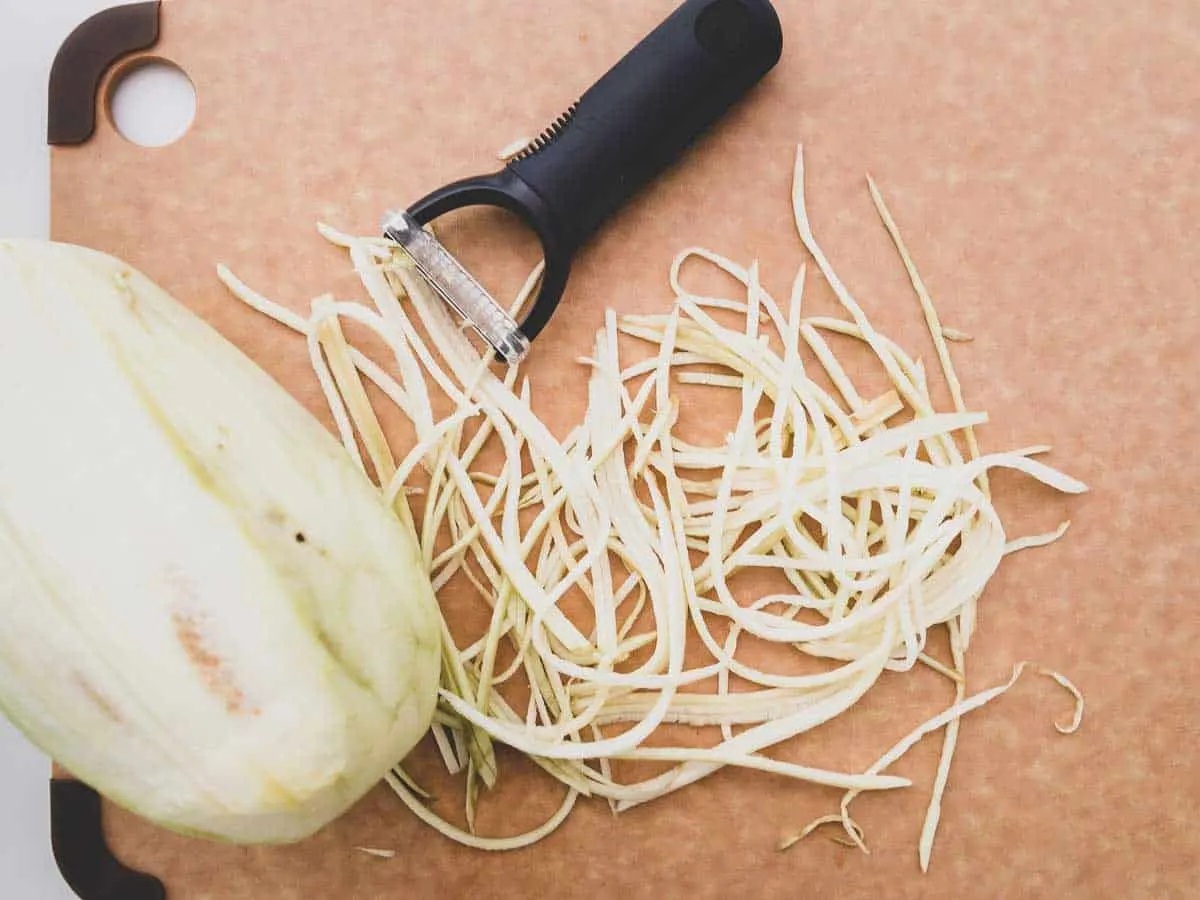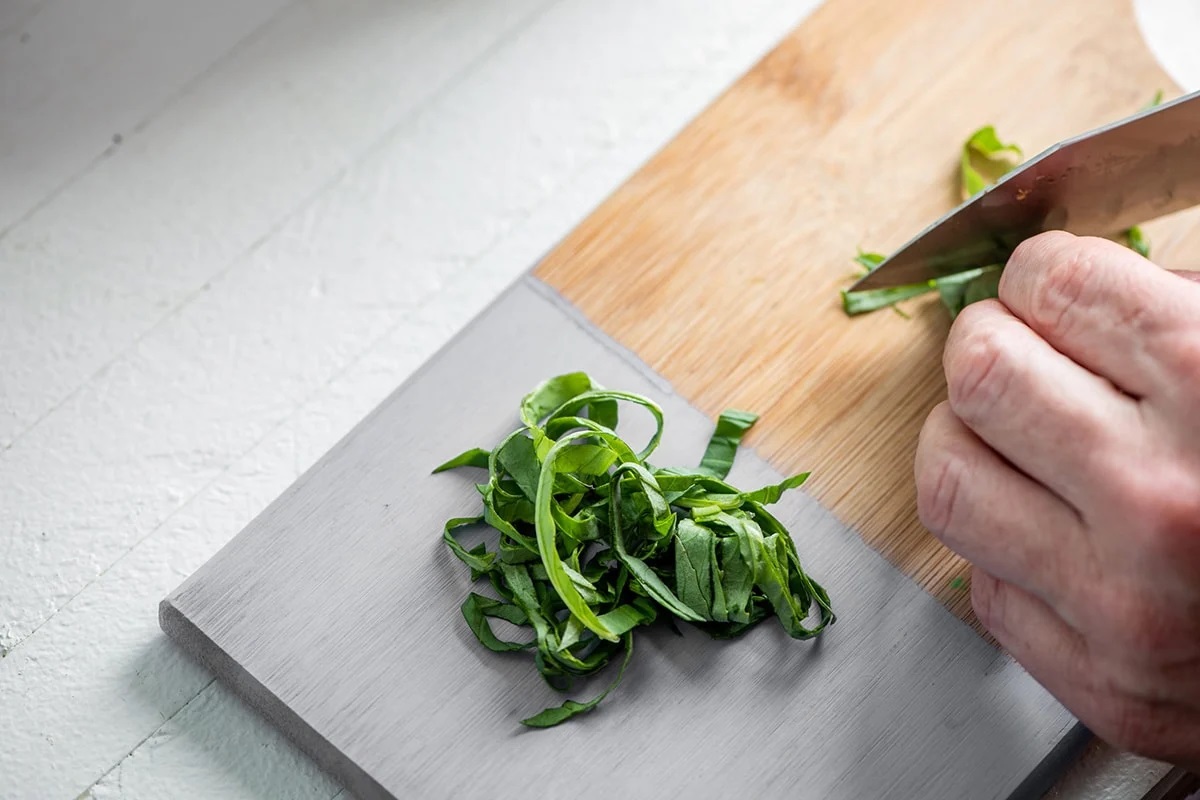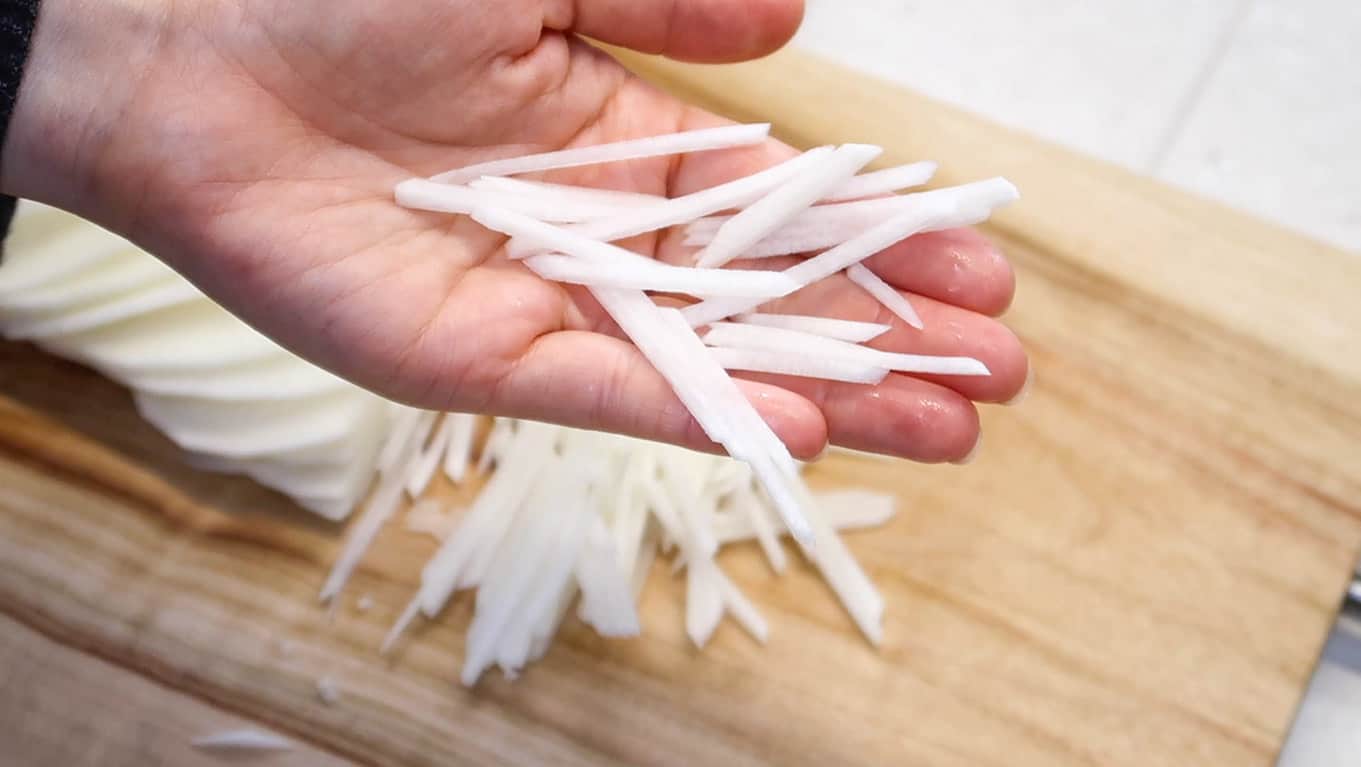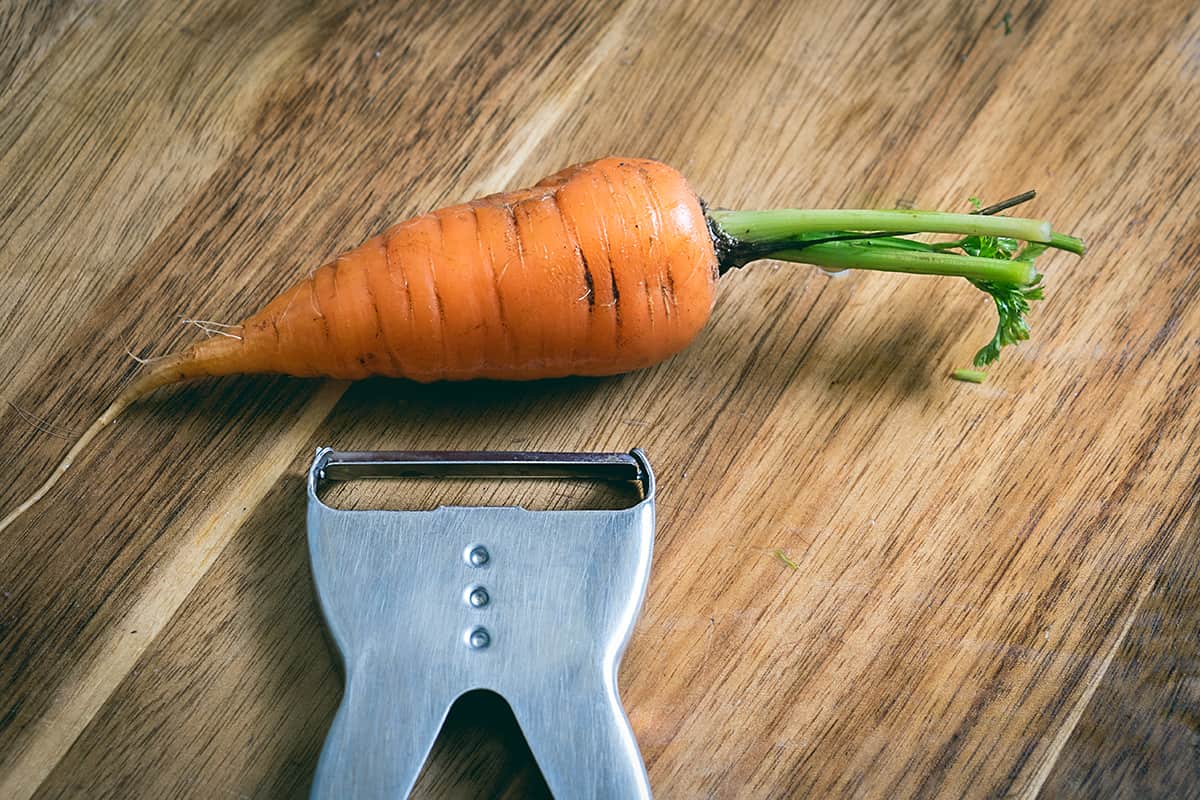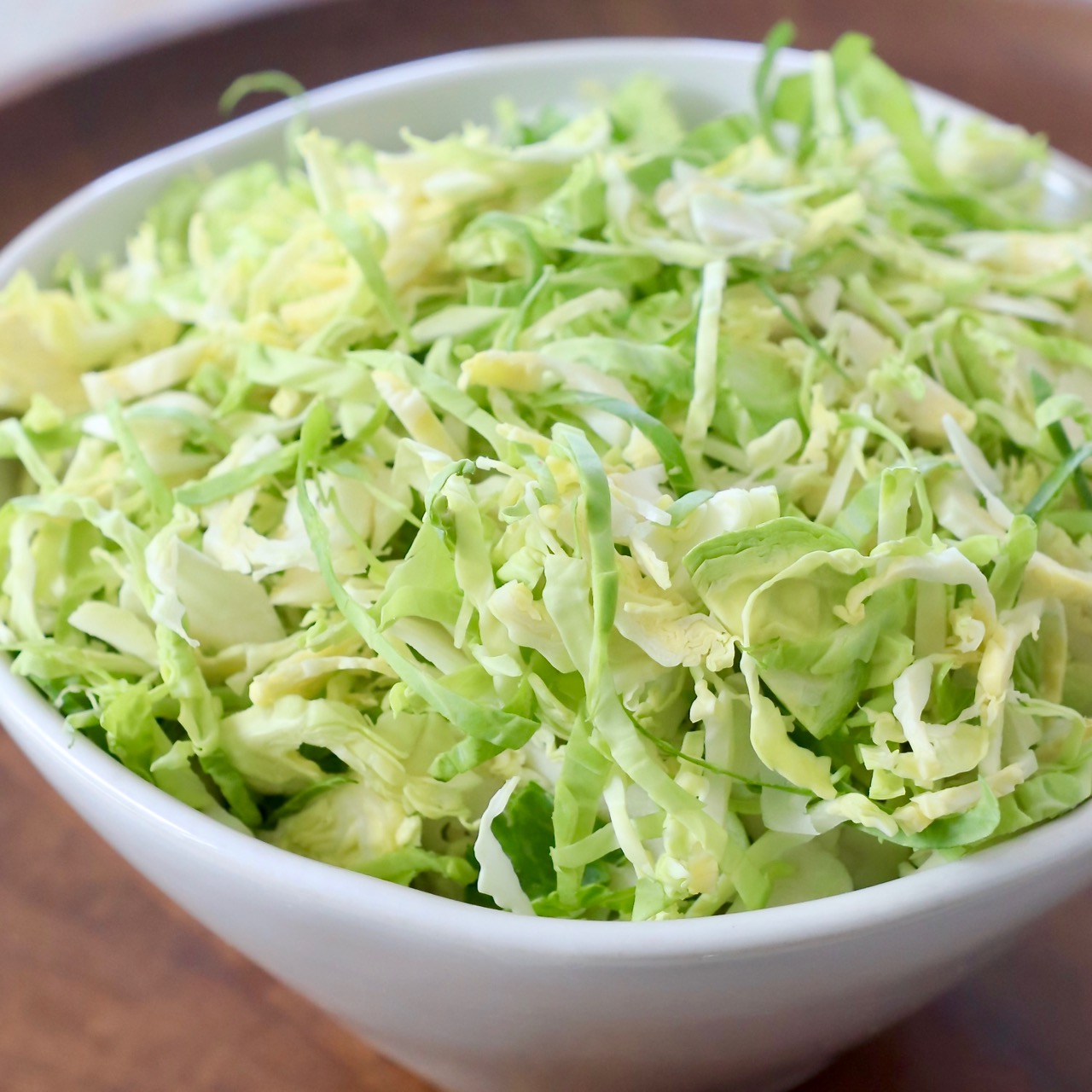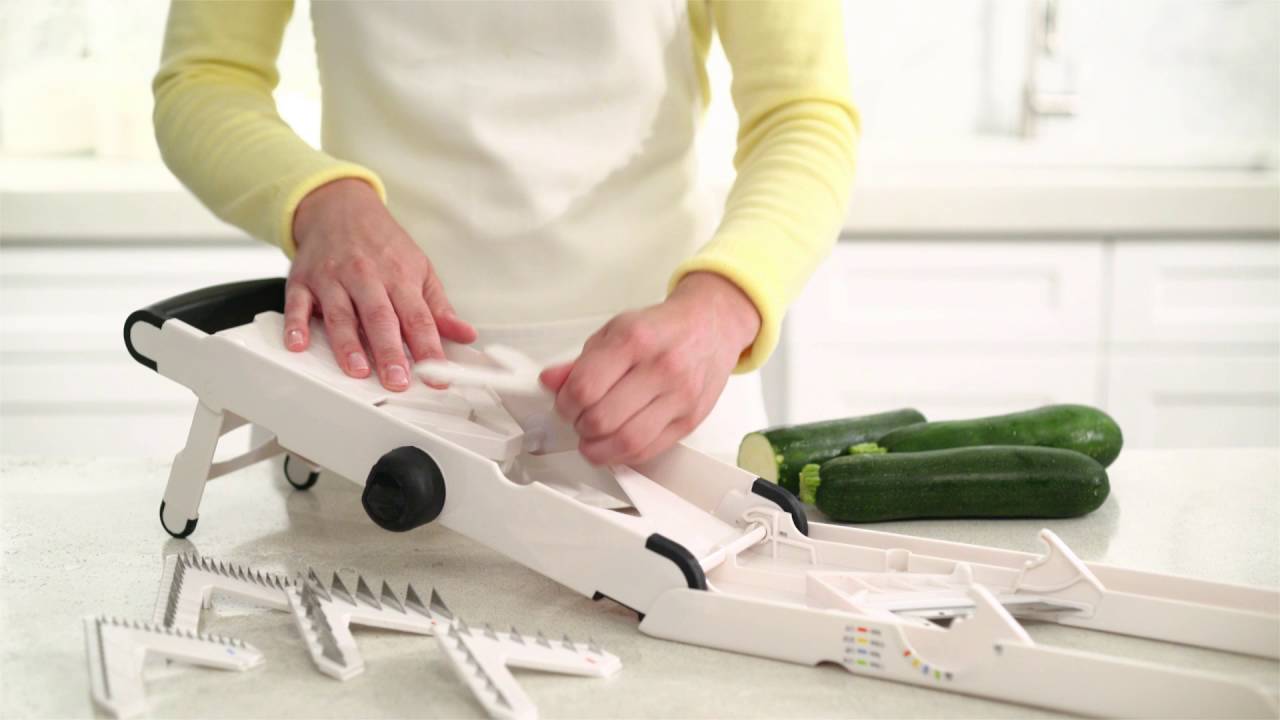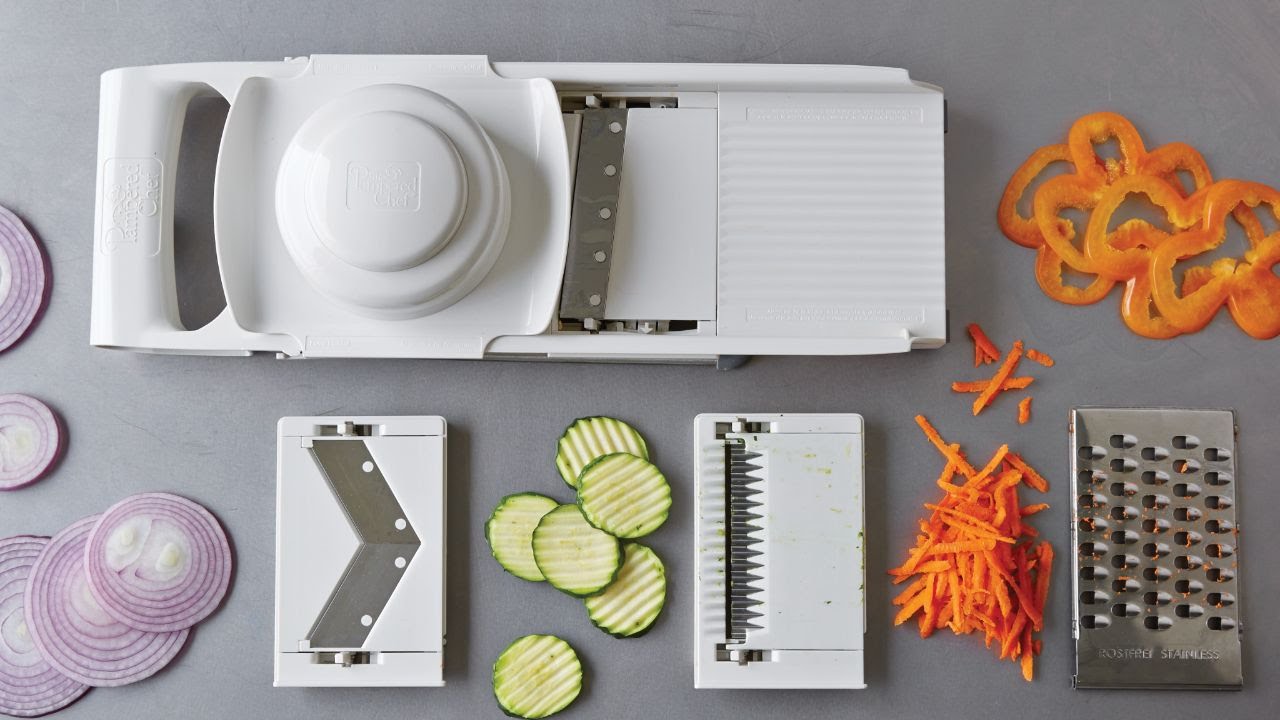Julienning a lemon transforms it into thin, elegant strips perfect for garnishing dishes or adding a zesty flavor to salads and drinks. This technique, while sounding fancy, is quite straightforward with the right approach. You'll start by washing the lemon thoroughly, then removing the zest in long strips, avoiding the bitter white pith beneath. Next, these strips are finely sliced into matchstick-like pieces. Mastering this skill not only elevates your presentation game but also maximizes the use of lemons in your cooking, ensuring no part of this versatile fruit goes to waste. Ready to give it a try? Let's get slicing!
Essential Ingredients for Julienne Lemon
- Sharp chef's knife
- Cutting board
- Fresh lemons
- Vegetable peeler (optional)
Necessary Tools for Perfect Lemon Julienne
- Sharp Chef's Knife
- Cutting Board
- Vegetable Peeler (optional, for removing any extra pith)
- Microplane or Fine Grater (optional, for zesting before julienning)
Julienning a lemon involves slicing off its peel and pith, then cutting the flesh into thin strips. This technique adds zest and flavor to dishes without overpowering them.
The Importance of Julienning Lemons
Julienning a lemon isn't just about enhancing presentation; it's a technique that maximizes flavor extraction. Thinly sliced lemon strips release essential oils more efficiently, infusing dishes with a vibrant, citrusy aroma. This method also reduces waste, as it encourages the use of the entire fruit, including the zest.
Mastering julienne cuts on lemons can elevate your culinary skills, adding a professional touch to your dishes. It's not merely for aesthetics; it's a practical approach to unlocking the full potential of the lemon's flavor profile. By incorporating this technique, home cooks can achieve a more nuanced and sophisticated taste in their creations.
Your Guide to Julienne Lemons Like a Pro
How To Julienne A Lemon
-
Select Your Lemon: Choose firm, bright-colored lemons with smooth skin for easier handling and cutting.
-
Wash and Dry: Rinse lemons under cold water to remove any residue. Dry thoroughly with a clean towel to ensure a safe grip during cutting.
-
Top and Bottom Off: Place lemon on a cutting board. Using a sharp knife, slice off both ends to create flat surfaces. This stabilizes the lemon for subsequent cuts.
-
Peel the Lemon: Stand the lemon on one end. Following its curve, slice the skin off from top to bottom. Remove all the white pith to avoid bitterness in your julienne strips.
-
Segment the Lemon: With the peel removed, carefully slice the lemon into rounds or hold it on its side and slice lengthwise, depending on preference.
-
Remove Seeds: Check each segment for seeds. Use the tip of your knife or fingers to remove any seeds found to ensure a smooth julienne process.
-
Slice into Strips: Take each lemon segment and slice it into thin strips, approximately 1/8 inch thick. For uniformity, try to make each strip the same width.
-
Gather and Neaten Strips: Collect all your lemon strips. If necessary, trim any irregular ends or excessively thick pieces for a more professional appearance.
Tips for Success:
- Sharp Knife: Always use a sharp knife for cleaner cuts and safer preparation.
- Steady Cutting Board: Ensure your cutting board is stable. Place a damp towel underneath if it tends to slide.
- Practice: Julienne cutting takes practice. Start slow and focus on uniformity.
- Preserve Leftovers: Use any leftover lemon pieces for juice or zest in other dishes to minimize waste.
Mastering the Art of Lemon Julienne
Mastering how to julienne a lemon not only elevates your culinary skills but also adds that zesty flair to dishes, making them visually appealing and bursting with flavor. With practice, this technique becomes second nature, allowing you to incorporate those thin, elegant strips into a variety of recipes. From garnishing seafood and salads to enhancing cocktails and desserts, lemon julienne can be that secret touch that takes your dishes from good to gourmet. Remember, sharp knives and a bit of patience are your best friends here. So, next time you're in the kitchen, give it a go. You'll be surprised at how such a simple skill can significantly impact your cooking, making every plate a little more special. Happy cooking, and here's to adding more zest to your culinary creations!
For those looking to put their new julienne skills to the test, there are several recipes that make excellent use of finely cut lemon strips. Try the Lemon Herb Grilled Salmon for a light, flavorful dish where julienned lemon brightens up the herbs and fish. The Lemon Chicken Piccata is another must-try, as the thin lemon slices meld perfectly with the buttery, caper-infused sauce. Seafood lovers shouldn't miss out on the Lemon Garlic Shrimp Stir-Fry, where those citrusy slivers add a zesty kick to the garlic-infused shrimp. And for a refreshing side, the Lemon Herb Quinoa Salad offers a delightful mix of textures and flavors, with the julienned lemon adding a burst of freshness. Each of these dishes provides a unique way to highlight the vibrant taste of lemon, making them perfect choices to practice and enjoy your newfound culinary technique.
All Your Questions About Lemon Julienne Answered
How do I julienne a lemon properly?
First off, you'll want to wash your lemon thoroughly. Next, slice off both ends to create a stable base. Using a sharp knife, carefully remove the peel and the white pith. Slice the lemon flesh lengthwise into thin strips. Voilà, you've got julienned lemon!
What's the best knife for julienning?
A sharp chef's knife does the trick for larger fruits, but for precision, especially with something as small as a lemon, a paring knife is your best bet. Its small, sharp blade makes it easier to control, ensuring thin, even strips.
Can I julienne the lemon peel too?
Absolutely! Julienning the peel adds a burst of flavor and color to dishes. Just make sure to remove all the white pith beneath the peel as it's bitter. The vibrant strips of peel are perfect for garnishing and adding a zesty kick.
Why julienne a lemon instead of just slicing it?
Julienning a lemon maximizes the surface area, which means more lemon flavor in your dish. It's also about presentation; those thin, delicate strips can elevate the look of any plate.
How do I keep my julienned lemon strips fresh?
After julienning, soak the strips in cold water for a few minutes. This not only keeps them crisp but also reduces any bitterness. Drain and pat dry with paper towels before using. For longer storage, pop them in an airtight container in the fridge.
Is there a tool to make julienning easier?
For those who julienne regularly, a mandoline slicer is a game-changer. It lets you quickly and uniformly slice fruits and vegetables. Just be cautious and use the safety guard to protect your fingers from the sharp blade.
What dishes benefit from julienned lemon?
Julienned lemon adds a fresh, citrusy flair to salads, seafood dishes, and cocktails. They're also great for infusing oils and dressings with a subtle lemon essence. Plus, they make a pretty garnish that's sure to impress.
